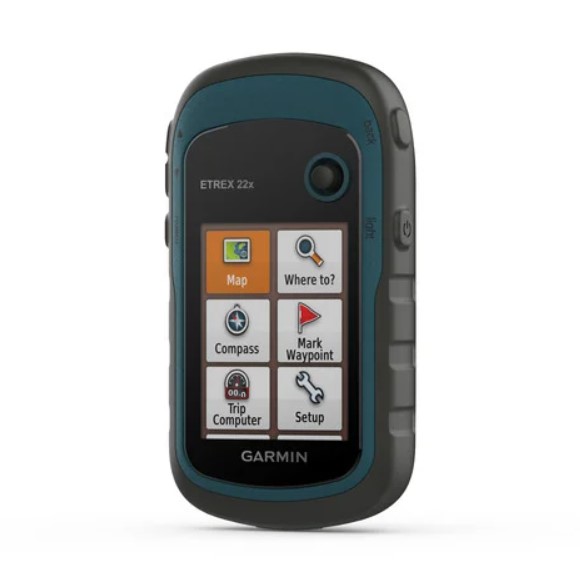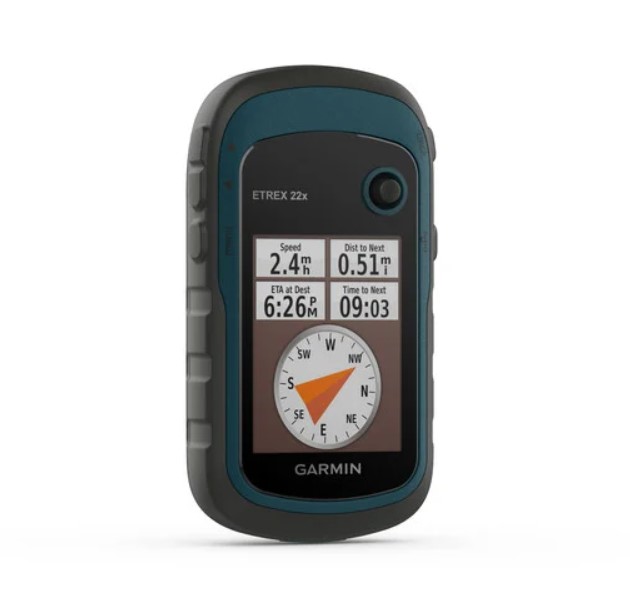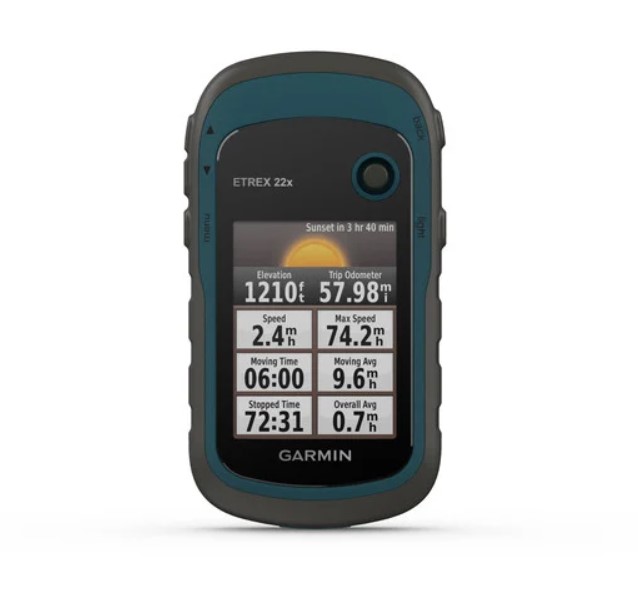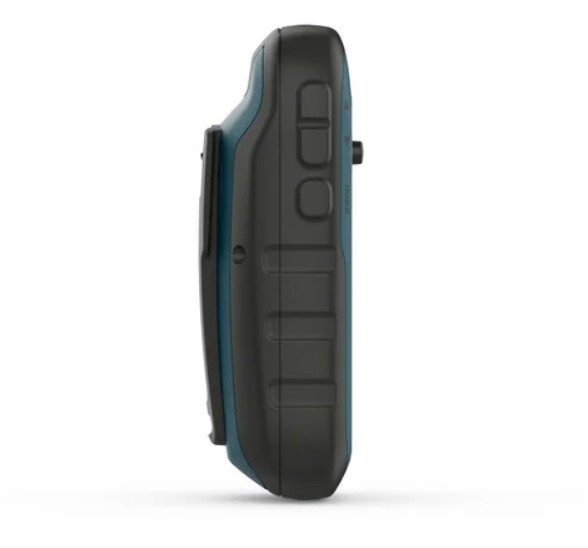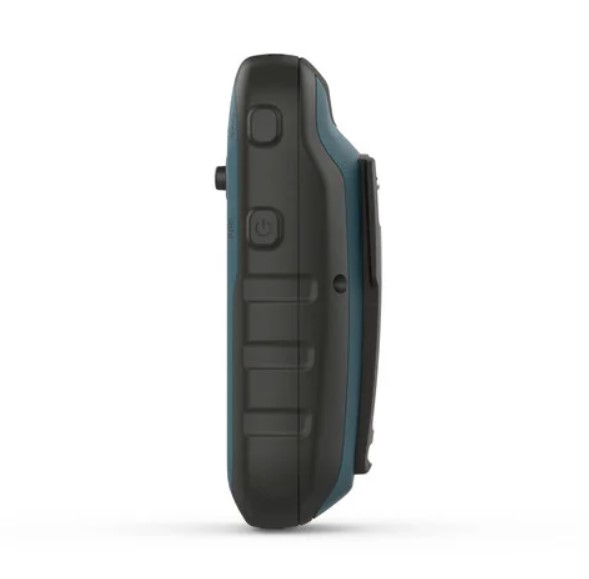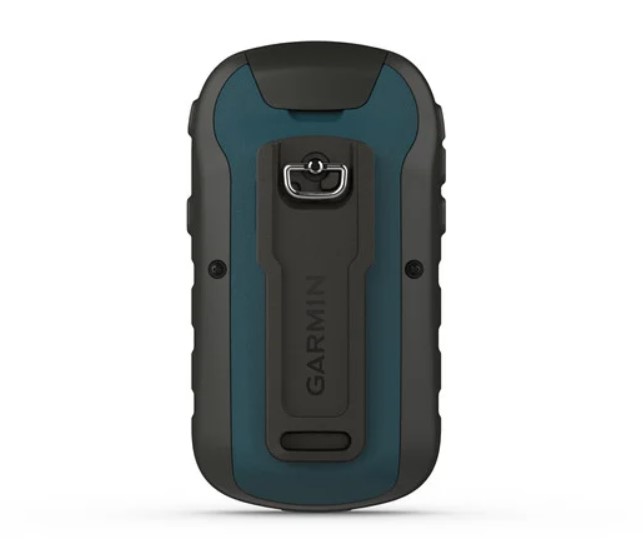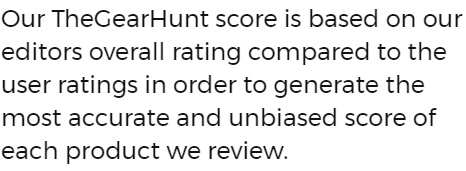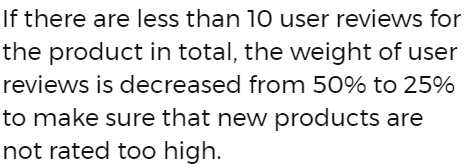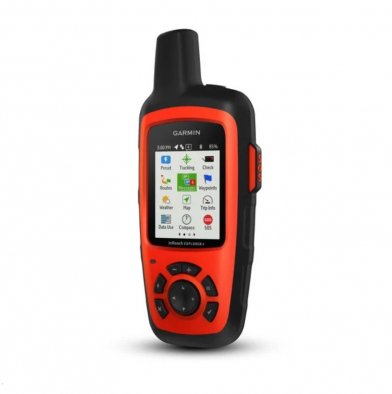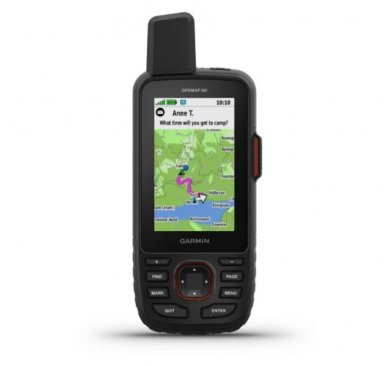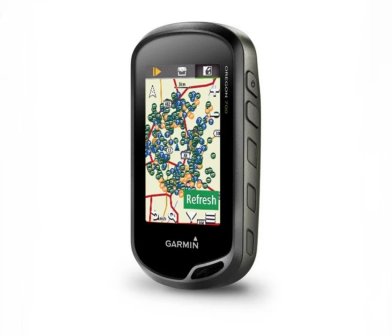Garmin eTrex 22x
Editor’s Conclusion
Among Garmin's popular upgraded handheld GPS devices is the eTrex 22x, already fashionable due to a maximum of 25 hours of battery life, topographic mapping, and expanded memory, to name a few features.
Garmin's eTrex GPS devices get you where you need to be safe with a solid, reliable, and simple handlebar-mounted navigation system.
You may need a minute to get used to how the eTrex 22 works, as the interface is not like your typical smartphone. But once you do, the robust design, reliability, and replaceable battery power source make it worth it.
Although there are many great features with the eTrex 22x, it can be a mixed bag. This is undoubtedly a GPS device that works well, but without all the extras. Although there's a couple of downsides, the eTrex 22x can be the perfect purpose-built GPS navigation system for your adventures.
Garmin's eTrex GPS devices get you where you need to be safe with a solid, reliable, and simple handlebar-mounted navigation system.
You may need a minute to get used to how the eTrex 22 works, as the interface is not like your typical smartphone. But once you do, the robust design, reliability, and replaceable battery power source make it worth it.
Although there are many great features with the eTrex 22x, it can be a mixed bag. This is undoubtedly a GPS device that works well, but without all the extras. Although there's a couple of downsides, the eTrex 22x can be the perfect purpose-built GPS navigation system for your adventures.
Garmin eTrex 22x Review Facts
Editor's Pros & Cons
Pros
Reliable
Durable
Lightweight
Fairly easy to use
25 hours battery life
Cons
Not wireless
A bit expensive
Not touchscreen
Key Features
Basic Features
One of the things I like the most about the 22x is that it boasts onboard Garmin Topographic maps. These Topo Active are fairly accurate as they are based on Open Street Maps (OSM). However, getting the right coverage depends on the region and what the Garmin map team leaves or takes from the maps. 24K is what you'll usually get in popular areas like national parks, and more remote spots incur about 50k to 250k.
Another great Garmin product, that may give you what you're looking for and more is the GPSMAP 66i, so make sure you check it out also.
Advanced Features
This small but rugged handheld comes with 8GB of internal memory loaded with the Garmin Topo maps. Although this means there is no space left for additional maps, you can pop a microSD card into the device for loading more maps or more extensive data.
The new 22x also supports GPS and GLONASS satellite systems, which is essential for tracking in more challenging environments, where GPS alone might let you down.
Use
If you're into country walks, cycling, hiking, mountaineering or rambling, then this device is for you. However, as a more basic device without satellite communication abilities, you may want to consider a device with communication features for any hardcore, off-grid adventures.
Connectivity
As this is not a wireless device, you'll need to update and transfer files using a USB cable. For some reason, Garmin still uses the old mini-USB style, but the eTrex 22x does come with a cable. I didn't feel this was a huge problem.
Accuracy
The eTrex 22x seems to have no issues navigating most areas, with the device containing the official, routable trails and roads and appearing where they should be. The only thing it doesn't have is the unofficial trails, but perhaps that's a good thing if you don't want to get yourself in trouble going off-trail.
Power Source
Running on AA batteries means that even when the batteries have run out, if you've got spares, you won't be without a navigation device. Anyway, with a potential battery life of up to 25 hours in GPS mode, you should be covered for most short journeys without needing extra batteries.
Durability
Although the eTrex 22x doesn't have the high screen resolution of a smartphone, one thing it does have going for it is the ruggedness. I drop things a lot, so it's nice to find a device that can be dropped and thrown around without breaking.
The eTrex 22x is also IPX7 rated, which means it's also waterproof. This range of Garmin devices is sturdy and cheaper to replace than a smartphone, so you can't go wrong.
Display
What you earn in rugged durability you lose in design, there's no doubt about that, and this handheld looks more like an old flip phone. The screen is easy to read in the sunlight, but it could be too dim for exceptionally bright sunlight.
Garmin has also equipped the 22x with a 2.2 sunlight-readable colors display with 240 x 320 pixels. So although the actual screen is the same size, you get better readability.
Ease of Use
Although the Garmin eTrex 22x is straightforward to use when you get used to it. If you read the instruction manual and take some time to familiarise yourself, you should be good to go. The zoom can be slow and a bit temperamental, sometimes jumping too far off where you're trying to find, so that's just something to be mindful of. The software also works well, staying stable through use.
The joystick does require some finesse when trying to navigate, especially when you have gloves on. However, the unit does wake up quickly when touched, perhaps because it has a newer chipset, which makes it faster.
Price
This Garmin device could be considered basic compared to other devices, but that is reflected in its price. As one of the cheaper GPS devices, the 22x GPS handheld is usually sold for $210 to $250.
I don't think this is too unreasonable for a durable, reliable, and accurate handheld navigation system that is half the price of some of their devices. Saying that it's still on the expensive side considering that smartphones can do the same; however, they don't have the same level of reachability, and batteries don't last as long.
Comparisons
Although the eTrex 22x is a rugged and reliable device that would suit many, there could be other units that might be more suited to you. For example, if you find the joystick a little on the annoying side, you can try out the eTrex Touch instead. As you've probably guessed, it's very similar to this eTrex, but it has a touchscreen.
If hardcore hikes are not for you and you want an app, you could use your smartphone with a protective case and an app like Gaia GPS. I also appreciate that the price may be a little on the steep side for some, so for those wanting to save money, why not try out the older eTrex 20, 30 model, or eTrex 30x.
But if money is no object and you want extra communication with inReach integrated into the best handheld you can get, then the GFSMAP 66i is your best bet.
Bottom Line
Boasting Garmin Topo maps much better than they were years ago, with 25 hours of battery life, accurate routing, and rugged durability, I think any adventurer should consider this device. I know it's on the pricey side, but if you can afford it and want a reliable GPS device to use for years to come, then it's worth it.
On the other hand, for anyone looking for a robust and non-touchscreen GPS device on a small budget, you should give eTrex 22x ago.
One of the things I like the most about the 22x is that it boasts onboard Garmin Topographic maps. These Topo Active are fairly accurate as they are based on Open Street Maps (OSM). However, getting the right coverage depends on the region and what the Garmin map team leaves or takes from the maps. 24K is what you'll usually get in popular areas like national parks, and more remote spots incur about 50k to 250k.
Another great Garmin product, that may give you what you're looking for and more is the GPSMAP 66i, so make sure you check it out also.
Advanced Features
This small but rugged handheld comes with 8GB of internal memory loaded with the Garmin Topo maps. Although this means there is no space left for additional maps, you can pop a microSD card into the device for loading more maps or more extensive data.
The new 22x also supports GPS and GLONASS satellite systems, which is essential for tracking in more challenging environments, where GPS alone might let you down.
Use
If you're into country walks, cycling, hiking, mountaineering or rambling, then this device is for you. However, as a more basic device without satellite communication abilities, you may want to consider a device with communication features for any hardcore, off-grid adventures.
Connectivity
As this is not a wireless device, you'll need to update and transfer files using a USB cable. For some reason, Garmin still uses the old mini-USB style, but the eTrex 22x does come with a cable. I didn't feel this was a huge problem.
Accuracy
The eTrex 22x seems to have no issues navigating most areas, with the device containing the official, routable trails and roads and appearing where they should be. The only thing it doesn't have is the unofficial trails, but perhaps that's a good thing if you don't want to get yourself in trouble going off-trail.
Power Source
Running on AA batteries means that even when the batteries have run out, if you've got spares, you won't be without a navigation device. Anyway, with a potential battery life of up to 25 hours in GPS mode, you should be covered for most short journeys without needing extra batteries.
Durability
Although the eTrex 22x doesn't have the high screen resolution of a smartphone, one thing it does have going for it is the ruggedness. I drop things a lot, so it's nice to find a device that can be dropped and thrown around without breaking.
The eTrex 22x is also IPX7 rated, which means it's also waterproof. This range of Garmin devices is sturdy and cheaper to replace than a smartphone, so you can't go wrong.
Display
What you earn in rugged durability you lose in design, there's no doubt about that, and this handheld looks more like an old flip phone. The screen is easy to read in the sunlight, but it could be too dim for exceptionally bright sunlight.
Garmin has also equipped the 22x with a 2.2 sunlight-readable colors display with 240 x 320 pixels. So although the actual screen is the same size, you get better readability.
Ease of Use
Although the Garmin eTrex 22x is straightforward to use when you get used to it. If you read the instruction manual and take some time to familiarise yourself, you should be good to go. The zoom can be slow and a bit temperamental, sometimes jumping too far off where you're trying to find, so that's just something to be mindful of. The software also works well, staying stable through use.
The joystick does require some finesse when trying to navigate, especially when you have gloves on. However, the unit does wake up quickly when touched, perhaps because it has a newer chipset, which makes it faster.
Price
This Garmin device could be considered basic compared to other devices, but that is reflected in its price. As one of the cheaper GPS devices, the 22x GPS handheld is usually sold for $210 to $250.
I don't think this is too unreasonable for a durable, reliable, and accurate handheld navigation system that is half the price of some of their devices. Saying that it's still on the expensive side considering that smartphones can do the same; however, they don't have the same level of reachability, and batteries don't last as long.
Comparisons
Although the eTrex 22x is a rugged and reliable device that would suit many, there could be other units that might be more suited to you. For example, if you find the joystick a little on the annoying side, you can try out the eTrex Touch instead. As you've probably guessed, it's very similar to this eTrex, but it has a touchscreen.
If hardcore hikes are not for you and you want an app, you could use your smartphone with a protective case and an app like Gaia GPS. I also appreciate that the price may be a little on the steep side for some, so for those wanting to save money, why not try out the older eTrex 20, 30 model, or eTrex 30x.
But if money is no object and you want extra communication with inReach integrated into the best handheld you can get, then the GFSMAP 66i is your best bet.
Bottom Line
Boasting Garmin Topo maps much better than they were years ago, with 25 hours of battery life, accurate routing, and rugged durability, I think any adventurer should consider this device. I know it's on the pricey side, but if you can afford it and want a reliable GPS device to use for years to come, then it's worth it.
On the other hand, for anyone looking for a robust and non-touchscreen GPS device on a small budget, you should give eTrex 22x ago.





